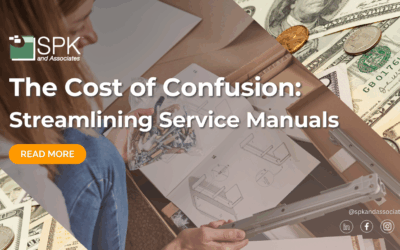In this discussion of the 12 principles behind the Agile Manifesto, we will address organizational cohesion. Since Agile is closely associated with software development, it can be easy to forget development takes place in the context of the whole business entity. Agile’s concern is not just for development teams, but rather the entire business of producing software.
The fourth principle behind the Agile Manifesto reads:
“Business people and developers must work together daily throughout the project.”
The two parties identified in this statement are developers — which shouldn’t be a surprise given the context — and “business people.” In this context a “business person” would be a product owner or any proxy between the customer and the development team. They’re people who have a vested interest in providing the product to the customer and who play a part in directing its development.
Agile’s mission breaks down the silos of expertise within an organization, encouraging active collaboration between departments. The point of this goes back to the importance of rapidly responding to change in the marketplace. If departments have close relationships, information will travel faster and the organization as a whole can respond in a coordinated way.
Occasional sync-up meetings are not enough. Collaboration needs to happen daily. For some that might seem like overkill. Course-altering decisions are not made with each terrestrial rotation, so it might feel like there isn’t much to share between departments each day. However, cultivating the habit of regular communication ensures that when situations arise, the channels are well established and information flows quickly.
Read more from post three in the series “The 12 principles Behind the Agile Manifesto: Principle Number Three – Deliver Frequently.”
Keep your eyes on the SPK and Associates blog for more articles unpacking Agile Methodology.
David Hubbell
Senior Software Engineer
SPK & Associates







